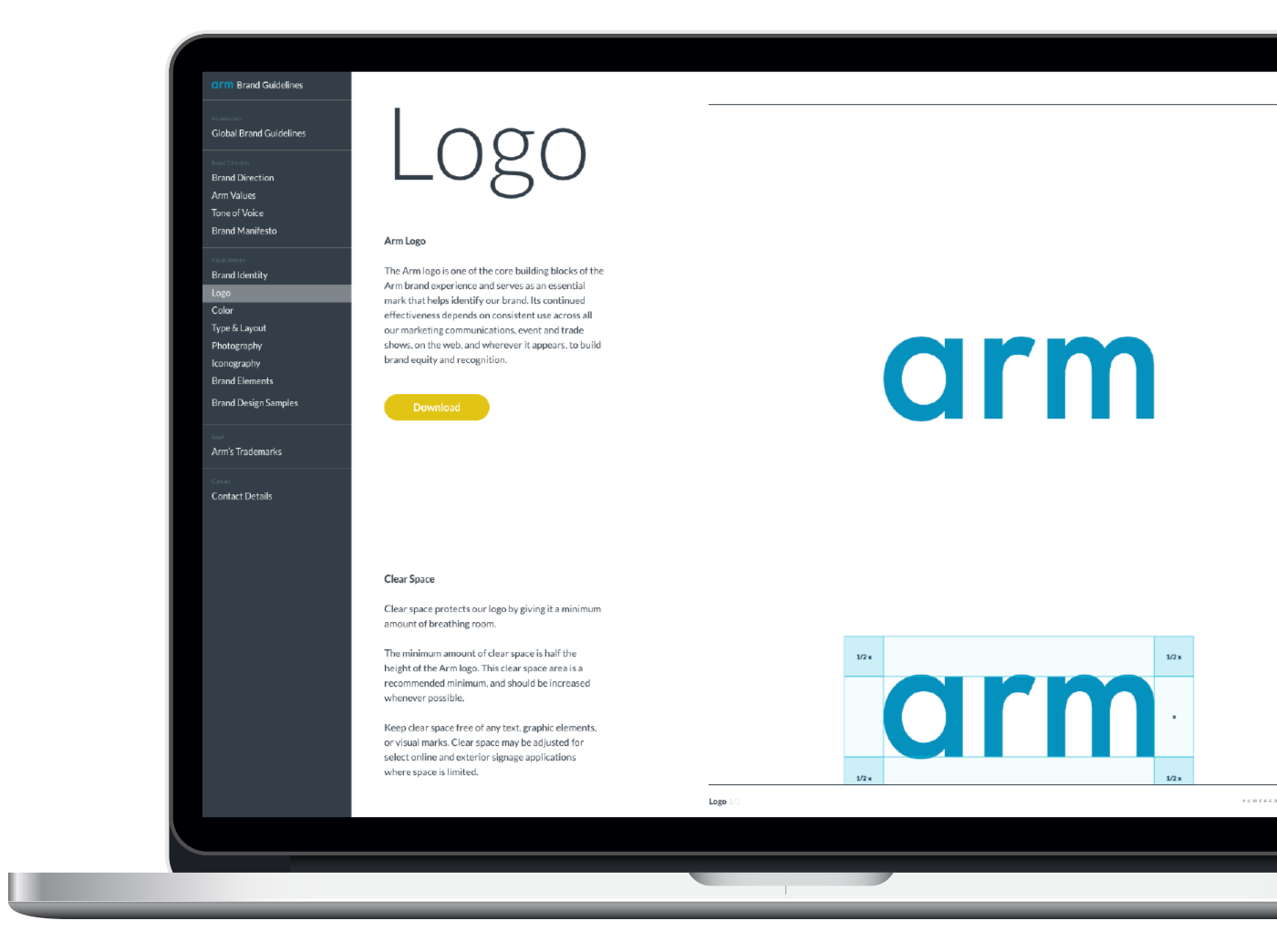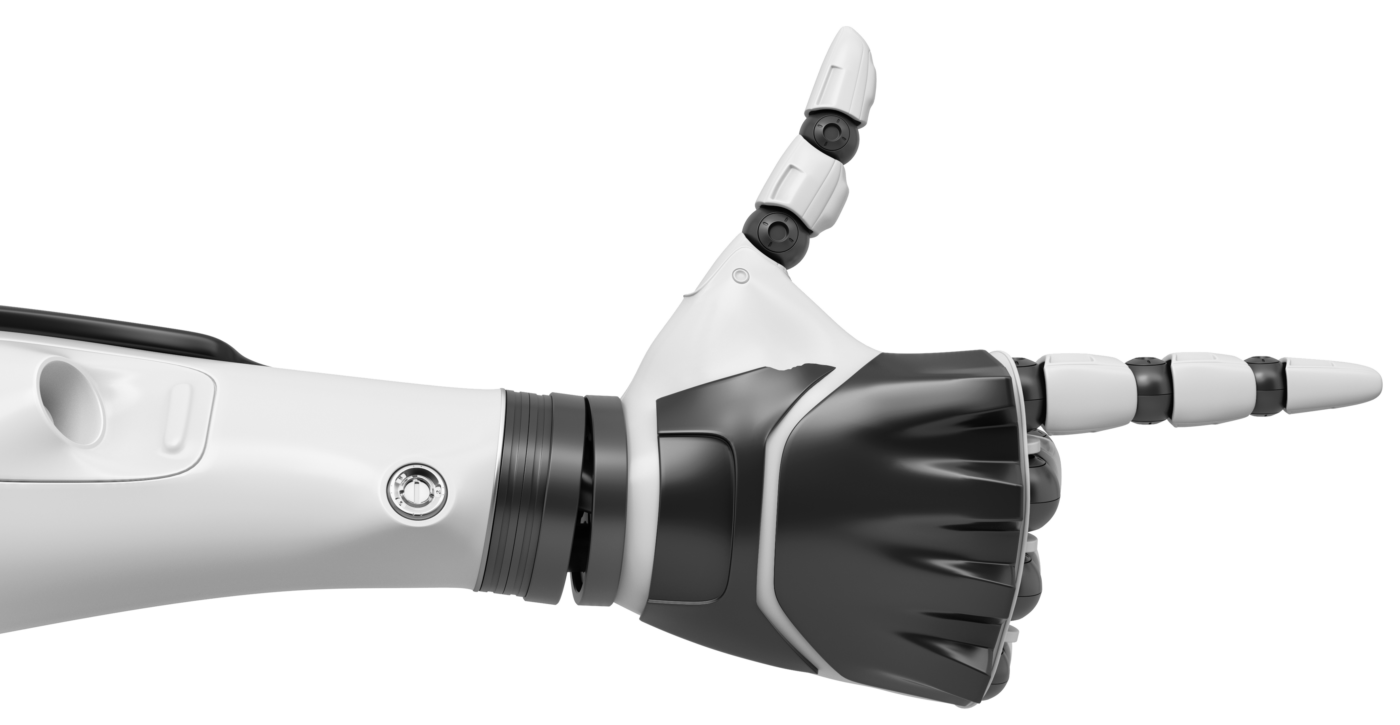The Transformative Role of Chiplets in the Automotive Industry

The automotive industry is witnessing a surge in software and AI, ushering in the era of AI-enabled software-defined vehicles (SDVs). This can be attributed to the increasing demand for more autonomy, advanced in-vehicle experiences, and the move towards electrification.
Key automotive use cases like advanced driver assistance systems (ADAS), autonomous driving, and in-vehicle infotainment (IVI) require a heterogeneous compute approach to fulfill their complex computing requirements. For instance, IVI is evolving into a comprehensive digital platform with an increasing number of high-resolution screens and new applications. Simultaneously, a greater number of ADAS features are adding new compute and safety capabilities, both requiring significant AI performance.
However, building monolithic chips that meet these high computing demands is becoming increasingly complex and costly. The exponential growth of AI has only exacerbated this challenge. As a result, the industry needs to think of new different ways to build silicon, with one innovative approach being chiplets.
What are Chiplets?
Chiplets allow the stacking, partition, and interconnection of multiple semiconductor dies, which leads to denser silicon designs with increased performance and lower power consumption. This advanced packaging technique also lowers design costs, supports a range of interesting new silicon designs, and works across different vendors, benefitting an automotive industry that adopts a variety of different hardware in SDVs.
In March 2024, we announced new Compute Subsystems (CSS) for Automotive for 2025, providing a faster path to building chiplet-based designs through enhanced computing and integration capabilities. CSS are a set of integrated components within a larger system that are dedicated to performing different computational tasks, acting as the foundation for chiplets. In the automotive market, there are unique and specific challenges that chiplets can address, particularly around achieving auto-grade qualifications during the silicon development process.
Why is standardization vital for chiplet markets?
As part of the journey to chiplets in the automotive industry, we are participating in a variety of collaborative initiatives and programs. One of these is the Automotive Chiplet Program (ACP), which is being driven by the Interuniversity Microelectronics Centre (imec), an international research and development organization, to encourage industry-wide collaboration and standardization on chiplets.
Standardization is critical to the emerging chiplet markets, particularly in the automotive sector which requires a heterogeneous computing approach across a variety of applications. It avoids fragmentation in the ecosystem by enabling different hardware from different vendors to work together seamlessly while helping to deliver a multi-vendor chiplet supply chain that gives companies performance and commercial differentiation opportunities. This is important for chiplets that utilize a variety of different computing components including the CPU, GPU, and the NPU. For example, chiplets enable system-on-chip (SoC) designs to be broken down and then have large parts of specialized compute moved to an AI accelerator die.
Finally, standardization helps to address wider security challenges in the automotive industry, as the attack surface in vehicles continues to grow and evolve in response to the rising levels of compute and software.
However, to make standardization possible, we need a common architecture that will act as the foundation for the next generation of chiplets. We are working with a group of more than 20 partners covering automotive, infrastructure, and mobile markets on the Arm Chiplet System Architecture (CSA). The move to system architecture will enable the greater reuse of components in chiplets, including physical design IP and soft IP, between multiple suppliers through better-standardizing design choices for different chiplet types. This will help to avoid unnecessary fragmentation in the chiplet marketplace.
What role does SOAFEE play in software standardization?
Like the standardization of the hardware, we also need a standards-driven software architecture. SOAFEE, an industry-wide initiative where Arm plays a leading role, is driving the standardization of the software by providing a unified architectural framework that promotes enhanced interoperability and ecosystem collaboration. This is enabling the successful development and deployment of software solutions and software-defined functions in vehicles to support advances in the hardware, such as the integration of chiplets.
SOAFEE also serves to de-couple the hardware and software in the vehicle, which is important to fully realize the potential of chiplets in the automotive market, as it provides greater flexibility and interoperability between components, reduces costs, and leads to faster development cycles.
Building a thriving, diverse chiplet ecosystem on Arm
As part of the drive to high-performance compute, chiplets provide many interesting SoC design opportunities for the ecosystem. We are also providing a flexible compute platform that will enable the growing chiplet ecosystem. Our offering is unique in that we provide multiple reusable IP components that can be built into larger systems from partners, as demonstrated through our new automotive enhanced IP technologies.
Arm is well positioned at the centre of the diverse chiplet ecosystem. Our standardization initiatives and collaborations are helping to ensure interoperability and performance for chiplets in the automotive market, reducing complexity and time to market. We are already bringing the ecosystem together around new critical standards and programs that will enable a thriving, diverse chiplet ecosystem built on Arm. This will only accelerate as we work with industry partners to build a rich multi-vendor ecosystem for the future.
Check this link to more about Arm’s solutions for the automotive industry.
Any re-use permitted for informational and non-commercial or personal use only.
















